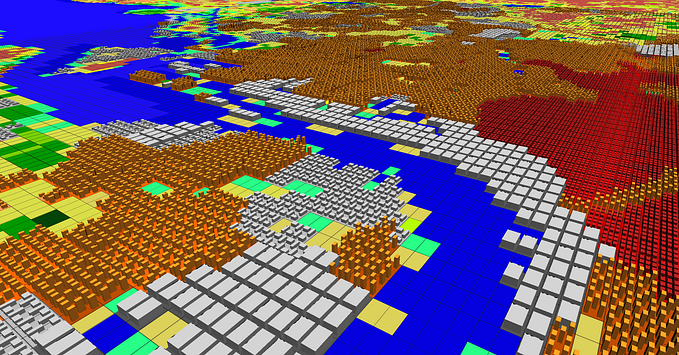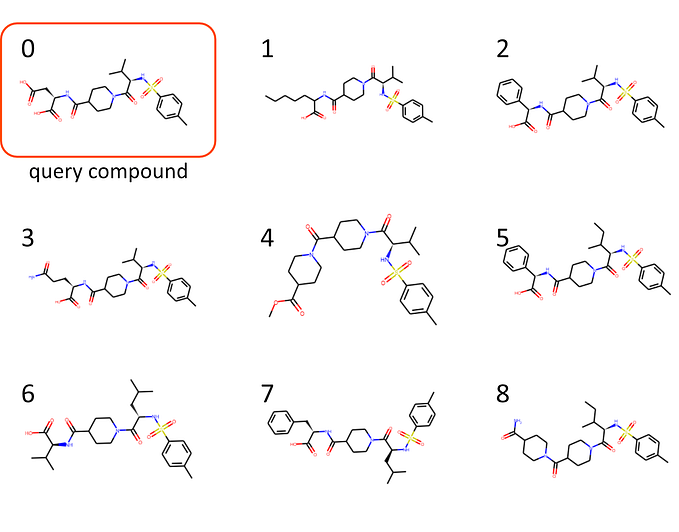Why use an FPGA instead of a CPU or GPU?
The (dis)advantages of Field Programmable Gate Arrays
Recently, Intel bought Altera, one of the largest producers of FPGAs. Intel paid a whopping $16.7 billion, making it their largest acquisition ever. In other news, Microsoft is using FPGAs in its data centers, and Amazon is offering them on their cloud services. Previously, these FPGAs were mainly used in electronics engineering, but not so much in software engineering. Are FPGAs about to take off and become serious alternatives to CPUs and GPUs?

What is an FPGA?
If you want to compute something, the common approach is to write some software for an instruction based architecture, such as a CPU or GPU. Another, more arduous, route one could take is to design a special circuit for this specific computation — as opposed to writing instructions for a general purpose circuit such as a CPU or GPU.
Once you have designed this circuit, you need some way to implement the design so that you can actually compute something. One way, which requires quite deep pockets, is to actually produce a circuit that implements this design (this is called an Application Specific Integrated Circuit or ASIC).
An easier way, and the main topic of this blog, is to implement your circuit design is to use…









